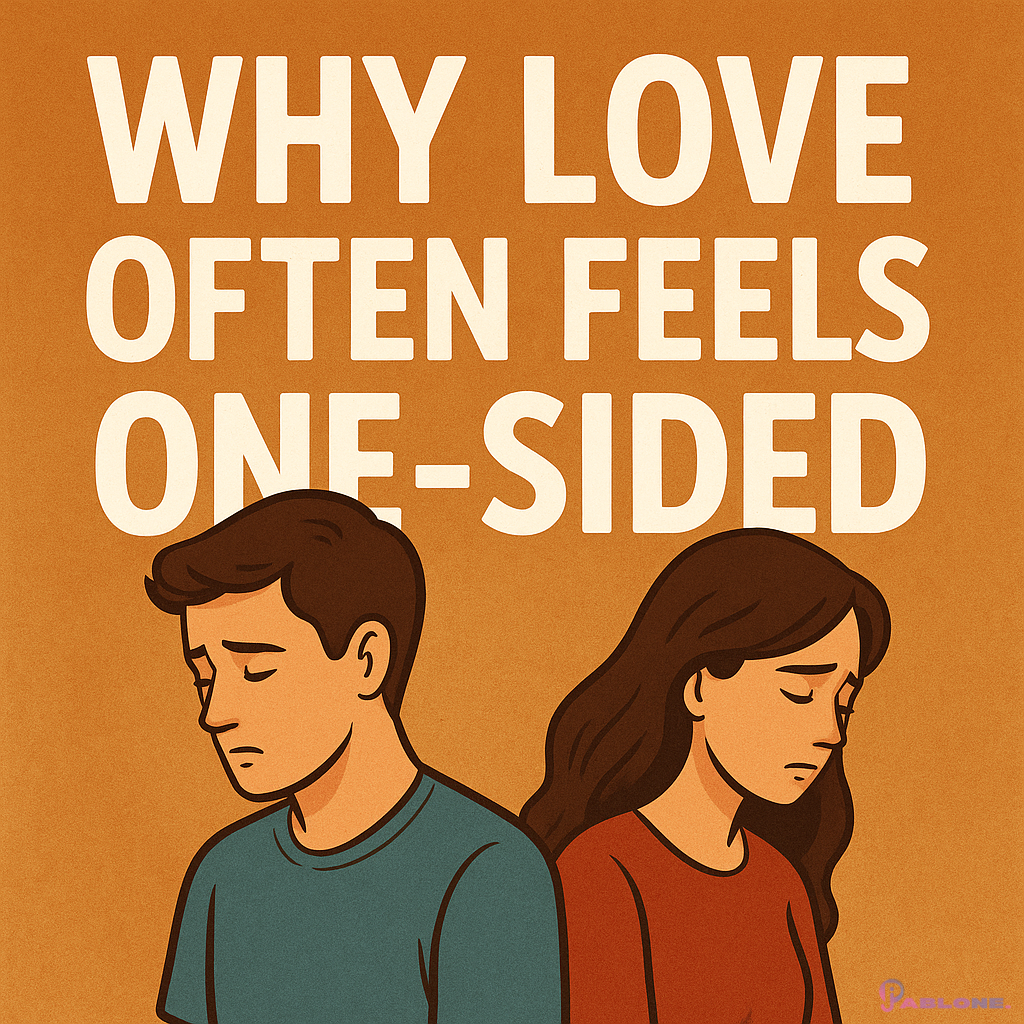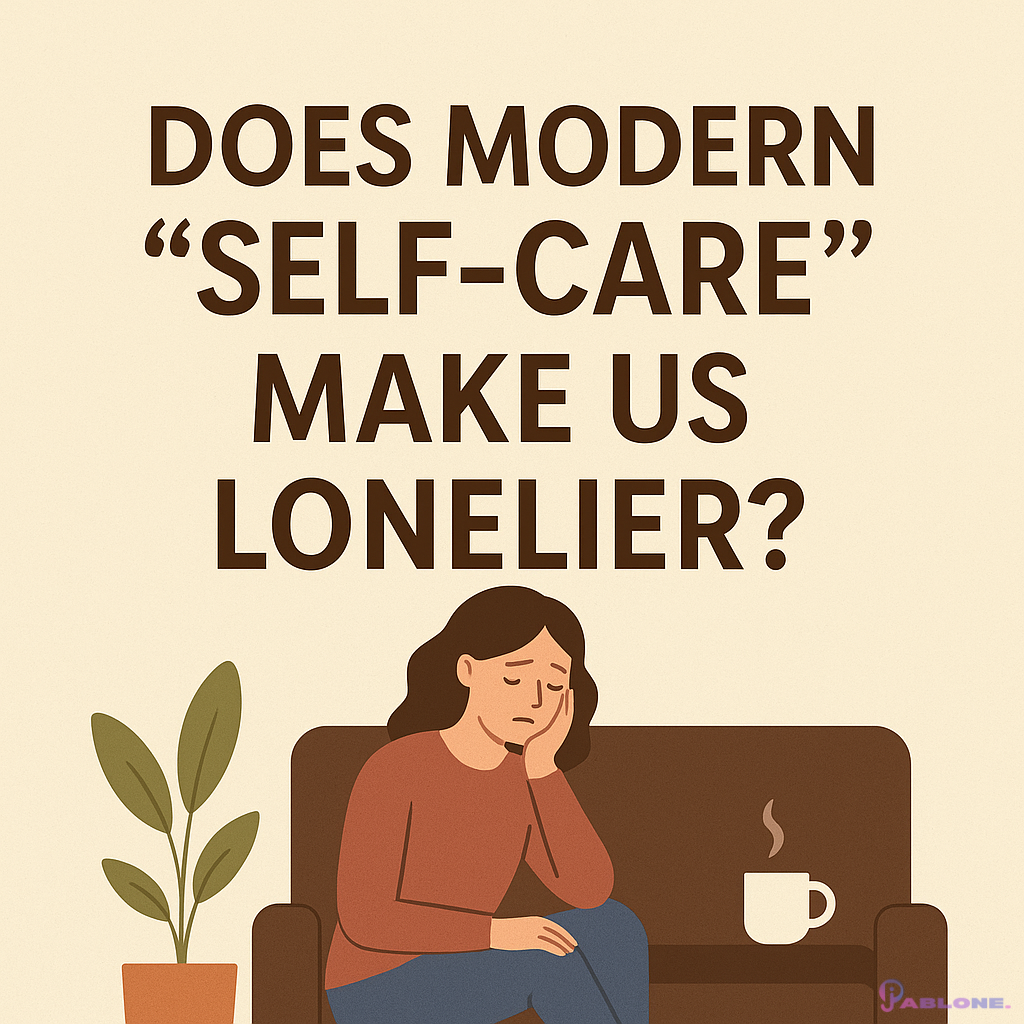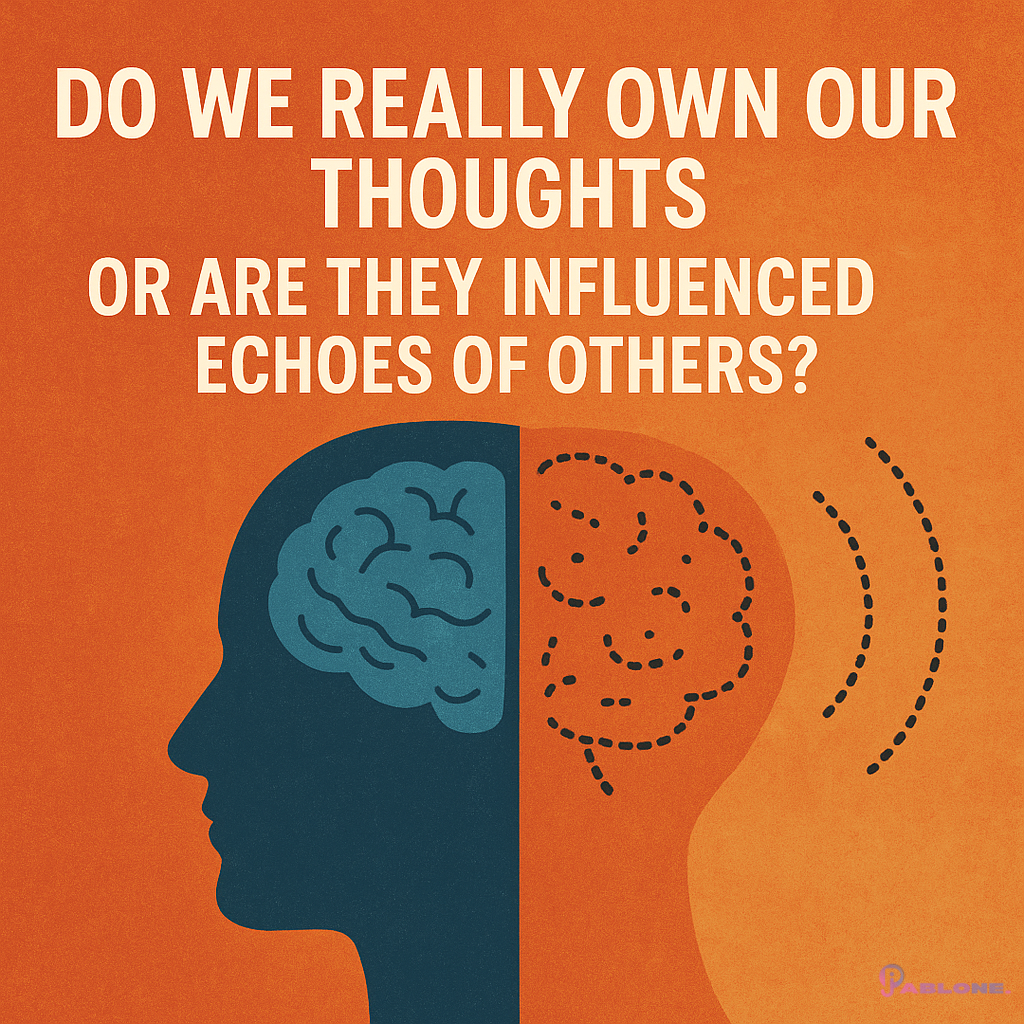Introduction
The Evolution of Fashion and Technology
- Brief history of fashion
- Technological advancements in general
- The convergence of fashion and technology
The Impact of Technology on Fashion Design
- Digital Design Tools
- CAD (Computer-Aided Design)
- 3D modelling and virtual reality
- The role of AI in fashion design
- Smart Fabrics and Wearable Technology
- Introduction to smart fabrics
- Innovations in wearable tech (e.g., fitness trackers, smartwatches)
- High-tech fashion: Examples and case studies
- Sustainable Fashion Through Technology
- The importance of sustainability in fashion
- Technological solutions: Recycling, upcycling, and sustainable materials
- The role of blockchain in ensuring transparency in the fashion supply chain
The Role of Technology in Fashion Retail
- E-commerce and Online Shopping
- The rise of online fashion retail
- How technology has transformed consumer behaviour
- Personalization and AI-driven recommendations
- Augmented Reality (AR) and Virtual Try-Ons
- The emergence of AR in fashion retail
- Virtual fitting rooms and their benefits
- Case studies: Companies leading the way
- Blockchain and Fashion: Transparency and Authentication
- How blockchain can combat counterfeiting
- Ensuring transparency in the fashion industry
- Examples of blockchain applications in fashion
The Future of Fashion and Technology
- The Metaverse and Fashion
- Understanding the metaverse
- Fashion in virtual worlds: Digital clothing and NFTs
- The future of fashion shows and virtual events
- AI and Data Analytics in Fashion
- The role of AI in trend forecasting
- Data-driven fashion: Understanding consumer preferences
- Ethical considerations in data usage
- Sustainability and Ethical Considerations
- The challenge of balancing innovation with ethics
- The role of technology in promoting ethical fashion practices
- Future trends: What to expect in the next decade
Conclusion
Recap of Key Points
- The significant ways technology is transforming fashion
- The potential for future innovations
Final Thoughts
- The ongoing evolution of fashion and technology
- The importance of embracing change and innovation
The Intersection of Fashion and Technology
Introduction
Fashion and technology, once seen as distinct realms, have increasingly converged to create a dynamic and rapidly evolving landscape. This intersection has given rise to new design methodologies, innovative materials, and unique retail experiences that challenge traditional notions of fashion. In this blog, we will explore how technology has revolutionized fashion, the exciting innovations at the forefront, and what the future holds for this fascinating fusion.
The Impact of Technology on Fashion Design
Digital Design Tools
The advent of digital design tools has revolutionized the fashion industry, providing designers with unprecedented creative freedom and efficiency. Computer-Aided Design (CAD) software, for instance, allows designers to create intricate patterns and prototypes with precision. This digital approach not only speeds up the design process but also reduces material waste, as virtual models can be tested and adjusted before any physical sample is made.
3D modelling and virtual reality further expand the possibilities for fashion design. Designers can now create three-dimensional garments that can be viewed and manipulated from every angle, providing a more comprehensive understanding of the final product. This technology also enables the creation of virtual fashion shows, where collections can be showcased in immersive digital environments.
Artificial Intelligence (AI) plays a significant role in this digital revolution. AI-powered tools can analyse trends, predict consumer preferences, and even generate original designs. For instance, IBM’s Watson has been used to analyze fashion trends from social media, helping designers to stay ahead of the curve.
Smart Fabrics and Wearable Technology
Smart fabrics and wearable technology represent one of the most exciting frontiers in fashion. These innovations integrate advanced technology into textiles, creating garments that can interact with the environment or the wearer’s body. Examples include fabrics that change color in response to temperature, or garments embedded with sensors that monitor health metrics such as heart rate and body temperature.
Wearable technology has also become increasingly fashionable. Smartwatches, fitness trackers, and other wearable devices have evolved from utilitarian gadgets to stylish accessories. The integration of fashion and function is epitomized by collaborations between tech companies and fashion designers, such as Apple’s partnership with Hermès for a line of luxury Apple Watch bands.
High-tech fashion is not just limited to accessories. There are garments designed with built-in charging capabilities, self-cleaning properties, and even fabrics that can store solar energy. These innovations demonstrate the potential for technology to enhance not only the functionality but also the sustainability of fashion.
Sustainable Fashion Through Technology
Sustainability has become a critical concern in the fashion industry, and technology offers several solutions to address this challenge. Innovations in material science have led to the development of sustainable fabrics made from recycled or biodegradable materials. For example, companies are creating textiles from recycled plastic bottles or even from waste products like orange peels and pineapple leaves.
Upcycling, the process of transforming old or discarded materials into something of higher value, is another area where technology plays a crucial role. Digital tools can help designers reimagine and redesign old garments, giving them a new lease on life. This not only reduces waste but also promotes a more circular fashion economy.
Blockchain technology is also making waves in the fashion industry, particularly in ensuring transparency and traceability in the supply chain. By using blockchain, brands can provide consumers with detailed information about the origins and production processes of their products, helping to combat issues like counterfeiting and unethical labour practices.
The Role of Technology in Fashion Retail
E-commerce and Online Shopping
The rise of e-commerce has dramatically reshaped the fashion retail landscape. Online shopping offers consumers convenience and accessibility, allowing them to browse and purchase products from anywhere in the world. This shift has been facilitated by advancements in technology, such as secure payment systems, user-friendly websites, and mobile apps.
Technology has also transformed the way consumers interact with brands. Personalization is now a key aspect of the online shopping experience, with AI-driven algorithms recommending products based on individual preferences and browsing history. This level of personalization helps brands to engage customers more effectively and drive sales.
Augmented Reality (AR) and Virtual Try-Ons
Augmented Reality (AR) has emerged as a powerful tool in the fashion industry, offering innovative solutions to some of the challenges of online shopping. One of the most popular applications of AR is virtual try-ons, where consumers can see how clothes, accessories, or makeup will look on them without needing to physically try them on. This technology uses AR to overlay digital images of products onto real-time footage of the user, providing a realistic and interactive experience.
Virtual fitting rooms, powered by AR, are becoming increasingly common on fashion retail websites. These tools allow users to visualize how garments will fit and look on their bodies, helping to reduce the uncertainty associated with online purchases and minimize returns. Companies like Warby Parker and Sephora have successfully implemented AR for virtual try-ons, setting new standards for customer experience in the fashion retail sector.
Blockchain and Fashion: Transparency and Authentication
Blockchain technology offers a promising solution to some of the critical challenges faced by the fashion industry, such as counterfeiting and lack of transparency. By providing a secure and immutable record of a product’s history, blockchain can help verify the authenticity of luxury goods and ensure that they have not been tampered with or replaced.
In addition to authentication, blockchain can also enhance transparency in the fashion supply chain. By recording every step of the production process, from raw material sourcing to final delivery, blockchain enables brands to provide detailed information to consumers about the origins and sustainability of their products. This level of transparency is becoming increasingly important to consumers who are concerned about ethical and environmental issues.
The Future of Fashion and Technology
The Metaverse and Fashion
The concept of the metaverse—a collective virtual shared space—has opened up new possibilities for fashion. In these virtual worlds, fashion can transcend the limitations of physical reality, allowing for the creation of fantastical, gravity-defying designs. Digital clothing, which exists solely in the virtual realm, has become a new trend, with consumers purchasing outfits to dress their avatars in online games or social platforms.
Non-Fungible Tokens (NFTs) are also making their mark in the fashion industry. These unique digital assets can represent ownership of virtual clothing, art, or collectibles. Fashion brands are exploring NFTs as a way to create exclusive digital collections, offering new forms of value and engagement for their customers.
Virtual fashion shows and events are another aspect of this trend. As the COVID-19 pandemic disrupted traditional fashion shows, many designers turned to digital platforms to showcase their collections. These virtual events, often featuring immersive and interactive elements, have the potential to reach a global audience and offer unique experiences that go beyond the capabilities of physical shows.
AI and Data Analytics in Fashion
Artificial Intelligence (AI) and data analytics are transforming how the fashion industry understands and responds to consumer preferences. AI can analyze vast amounts of data from social media, online searches, and sales patterns to predict trends and inform design decisions. This data-driven approach helps brands to stay ahead of consumer demands and reduce the risk of producing unpopular styles.
AI is also being used in personalized marketing and customer service. Chatbots and virtual assistants can provide tailored recommendations, answer customer queries, and even assist with styling advice. This personalized interaction can enhance the customer experience and build stronger brand loyalty.
However, the use of AI and data analytics also raises ethical considerations. Issues such as data privacy, algorithmic bias, and the impact of automation on jobs need to be carefully managed. The fashion industry must navigate these challenges to ensure that the benefits of AI are realized in a fair and responsible manner.
Sustainability and Ethical Considerations
As the fashion industry continues to innovate, it must also grapple with the challenge of sustainability. While technology offers solutions for reducing waste and improving transparency, it also presents new ethical dilemmas. For example, the production of digital clothing and NFTs, while environmentally friendly in some respects, can still have a significant carbon footprint due to the energy-intensive nature of blockchain technology.
The industry must also consider the social implications of technological advancements. The rise of automation and AI could potentially displace jobs in areas such as manufacturing and retail. It is crucial for the fashion industry to address these issues and seek ways to balance innovation with ethical considerations.
Looking ahead, the fashion industry is poised for continued transformation. Emerging technologies such as 3D printing, biofabrication, and AI-driven design are likely to play an increasingly important role in shaping the future of fashion. These innovations offer exciting possibilities for creating more sustainable, personalized, and inclusive fashion experiences.
Conclusion
The intersection of fashion and technology is a dynamic and ever-evolving landscape that continues to push the boundaries of creativity and innovation. From digital design tools and smart fabrics to virtual try-ons and blockchain, technology is reshaping every aspect of the fashion industry. As we look to the future, the potential for further advancements is vast, offering new opportunities for designers, brands, and consumers alike.
However, as the industry embraces these innovations, it must also address the ethical and environmental challenges that come with them. By prioritizing sustainability, transparency, and inclusivity, the fashion industry can harness the power of technology to create a more responsible and forward-thinking future.
In this new era, the fusion of fashion and technology offers not only a glimpse into the future of style but also a reflection of our evolving values and aspirations. As we continue to explore this exciting intersection, the possibilities are endless, and the journey is just beginning.
This blog covers a broad range of topics related to the intersection of fashion and technology, providing a comprehensive overview of how these two fields are converging and transforming one another.








Leave a Reply